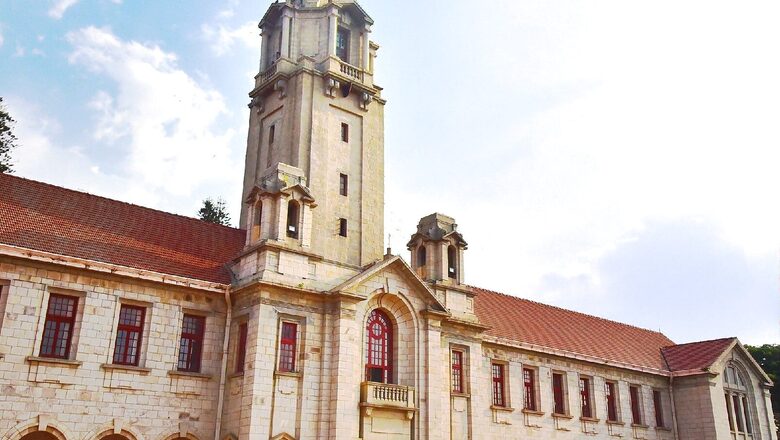
views
A team of researchers led by Koushik Viswanathan, Assistant Professor in the Department of Mechanical Engineering at the Indian Institute of Science (IISc), has discovered an alternate method to produce metal powders.
The discovery will have important implications on additive manufacturing (AM) techniques, also known as 3D printing and biomedical implant manufacturing.
AM TECHNIQUES
AM creates objects by layering material on top of another. Metal powder is the major source material and is primarily produced using atomisation, a technique in which a molten metal stream is broken up into fine droplets using air or water jets.
Despite its widespread use, atomisation produces low yields, is costly and is limited in material it can handle.
IISc explained that the extracted debris, known as swarf, is frequently thrown as a waste product in the metal grinding business. It usually has a stringy appearance, similar to metal chips, but it can also produce completely spherical particles.
Viswanathan’s team discovered that these powdered metal entities are formed as a result of melting at the surface layer caused by high heat from oxidation.
So they developed the method to produce huge volumes of spherical powders, which are collected and then processed to be utilised as AM stock material.
In the context of metal AM, their research indicates that these particles perform as well as commercial gas atomised powders.
THE STUDY
Priti Ranjan Panda, a PhD student at IISc’s Centre for Product Design and Manufacturing and one of the authors of the study, said: “We have an alternative, more economical and inherently scalable route to make metal powders. The quality of the final powders appears to be very competitive when compared with conventional gas atomised powders.”
Citing the findings, Viswanathan stated that metal AM has recently attracted a lot of attention because, by definition, it allows for a lot of customisation and design freedom.
But according to him, “The large cost of stock metal powders has been the stumbling block. We hope that our work will open new doors to making cheaper and more accessible metal powders.”
Harish Singh Dhami, a PhD student at the Department of Mechanical Engineering and co-author of the latest study, explained that cutting the price of the AM process can broaden the range of material available in situations such as the manufacture of biomedical implants, which could become more affordable and accessible.
As per IISc, the researchers believe that abrasion-based metal powder production has potential in other high-performance applications such as aircraft engines, where a high degree of specificity and sophistication is required.
Metal powders are manufactured at an atomisation factory, which necessitates transportation for casting and recycling, resulting in a large supply chain.
This works for common metals such as aluminium, but for key minerals like tantalum and lithium, where extraction alone is a difficult process, having a scalable process for generating metal powders would be preferable, said the lead researcher.
“Then, in principle, the entire supply chain can be housed within a single facility — a possibility that their technique could offer,” he added.
Read all the Latest Tech News and Breaking News here




















Comments
0 comment